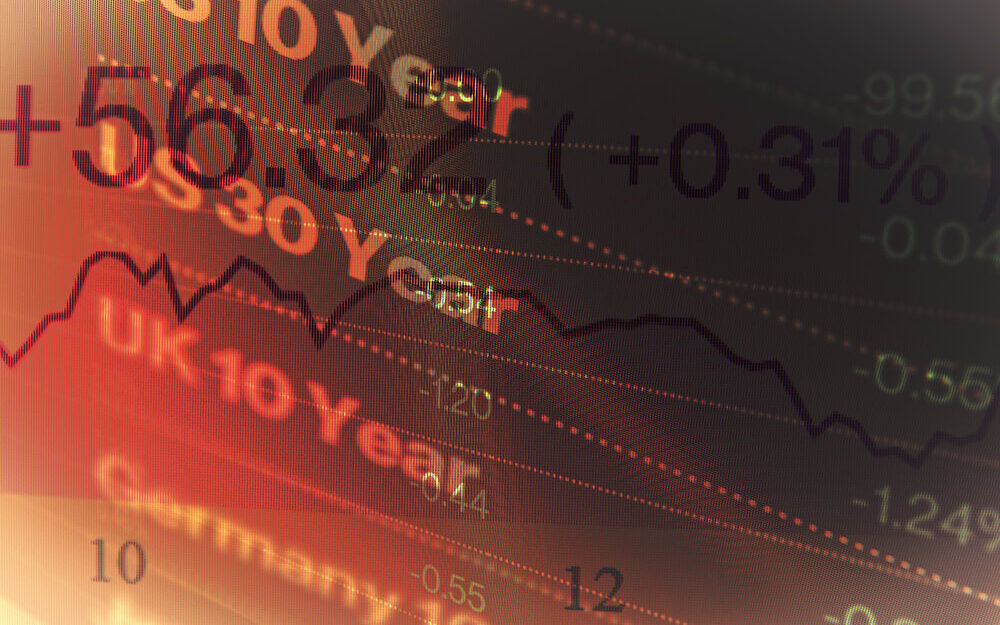Wall Street’s October struggles have been well-documented, and a change in the bond market is pointing toward an even more sharp decline in stocks unless something changes, according to a recent interview by Forbes.
The most savvy investors always keep an eye on the bond market because fixed-income securities tend to be smarter than their stock investing counterparts.
“If we want to know how real money is flowing in and out of real assets, we need to watch the biggest market of them all: Bonds,” writes J.C. Parets, founder of AllStarCharts and an expert in so-called technical analysis, or chartism.
As investors ditch junk bonds, or high-yield securities, they are then sold by companies with poor credit ratings.
When institutional money wants to be aggressive, they position themselves into riskier, higher yielding junk bonds at a faster rate than they do into more conservative, lower yielding U.S. Treasury Bonds. If there is stress and they need to be getting more defensive, you’ll see that flow into Treasuries at a much faster rate than into riskier Junk.
He also looks at the ratio of the price of iShares iBoxx $ High Yield Corp Bond ETF (ticker: HYG) to iShares 20+ Year Treasury Bond (TLT).
When the ratio declines, then the spreads are widening, and stocks tend to fall shortly afterward. Spreads widened at the start of the financial crisis, and then stocks dropped like a stone. Parets has also seen other similar instances in the last few years when stocks declined after the ratio of the ETF prices fell.
High-yield spreads have been on the rise, and the ICE BofAML US High Yield Master II Option-Adjusted Spread rose 3.84 percent on Oct. 29, up from 3.16 percent on Oct. 3. Widening spreads also are indicative of investors ditching securities.
“If we don’t get a miracle recovery back above the early 2017 highs, stocks are incredibly vulnerable and much lower prices are likely,” Parets said.
In this case, he is referring to a recovery in the ratio — that is to say an increasing ratio or a decline in the credit spreads.
The obvious point that many people may make is that the economy is looking so strong so how could such a thing happen?
Remember that the stock market and the economy are like cousins. They are related but not the same. You can have a strong economy and a sliding market at the same time.
When the stock market tumbled in October 1987, the U.S. economy was doing exceptionally well. The market soon recovered, and the economy continued growing for years.
